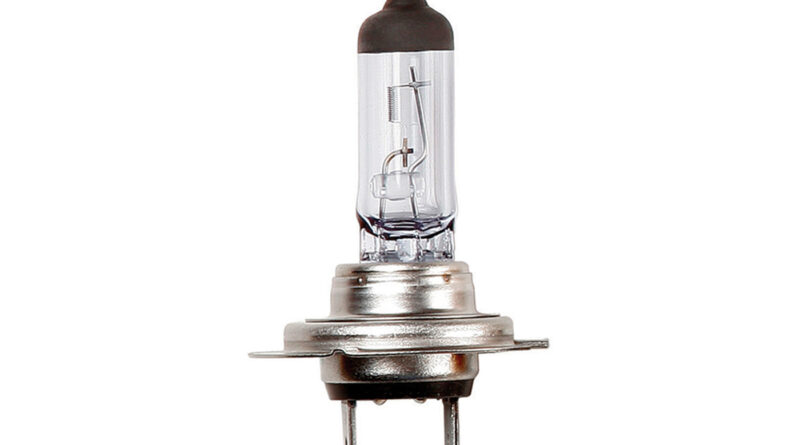What Are Halogen Headlights and How It Works?
But what exactly are halogen headlights, and how do they work? In this article, we’ll explore the ins and outs of halogen headlights, their benefits, and their drawbacks. When it comes to vehicle lighting, halogen bulbs have been a standard choice for many years. Known for their affordability and effectiveness, these headlights are found in a wide range of vehicles.
What Are Halogen Headlights?
Halogen headlights are a type of incandescent light bulb commonly used in automotive lighting. They consist of a tungsten filament enclosed in a glass bulb filled with halogen gas, typically iodine or bromine. The combination of the tungsten filament and the halogen gas allows these bulbs to produce a bright, white light.
How Do Halogen Work?
- Electric Current: When the headlights are turned on, an electric current passes through the tungsten filament.
- Filament Heating: The current heats the filament to a high temperature, causing it to glow and emit light.
- Halogen Cycle: The halogen gas reacts with the tungsten vapor. This reaction redeposits the tungsten back onto the filament, extending the bulb’s lifespan and maintaining the clarity of the glass envelope.
Benefits:
- Cost-Effective: Halogen bulbs are inexpensive to produce and replace, making them a cost-effective option for vehicle manufacturers and owners.
- Easy Replacement: These bulbs are readily available and can be easily replaced by the vehicle owner or at a service center.
- Instant Light: Halogen bulbs produce light instantly when turned on, without the need for a warm-up period.
- Brightness: They provide a bright, white light that enhances nighttime visibility and improves driving safety.
- Compatibility: Halogen headlights are compatible with a wide range of vehicles, from compact cars to larger trucks and SUVs.
Drawbacks of Halogen Headlights
- Heat Production: Halogen bulbs generate a significant amount of heat, which can lead to energy inefficiency and potential damage to surrounding components.
- Shorter Lifespan: Compared to other lighting technologies like LED or Xenon, halogen bulbs have a shorter lifespan, requiring more frequent replacements.
- Energy Consumption: Halogen bulbs consume more energy than LED or Xenon lights, which can impact fuel efficiency and battery life.
- Light Quality: While they provide adequate brightness, the light quality and color temperature of halogen bulbs are not as high as those of LED or Xenon headlights.
Halogen Headlights vs. Other Headlight Technologies
- Halogen vs. LED: LED headlights are more energy-efficient, have a longer lifespan, and produce a brighter, more focused light. However, they are also more expensive to produce and replace.
- Halogen vs. Xenon (HID): Xenon headlights offer a brighter, whiter light and longer lifespan compared to halogen bulbs. They are more energy-efficient but come with higher costs and can produce glare for other drivers.
- Halogen vs. Laser: Laser headlights provide the brightest and most focused beam among all types, with excellent energy efficiency and long lifespan. However, they are the most expensive option and currently available only in high-end vehicles.
Conclusion
Halogen bulbs have been a reliable and cost-effective choice for vehicle lighting for many years. While they offer several benefits such as affordability, easy replacement, and instant light, they also have some drawbacks, including higher energy consumption and shorter lifespan compared to other technologies. As automotive lighting continues to evolve, newer options like LED, Xenon, and laser headlights are becoming more popular, offering improved performance and efficiency. However, for many drivers, halogen bulbs remain a practical and accessible choice for their vehicles.
Buying a used VW. Buying used vauxhall, BMW, Jaguar, Ford, Volvo, Range rover, Bentley, Aston Martin, Porsche, Ferrari, Lamborghini, Maserati, Hyundai, Tesla, Honda, Pagani

